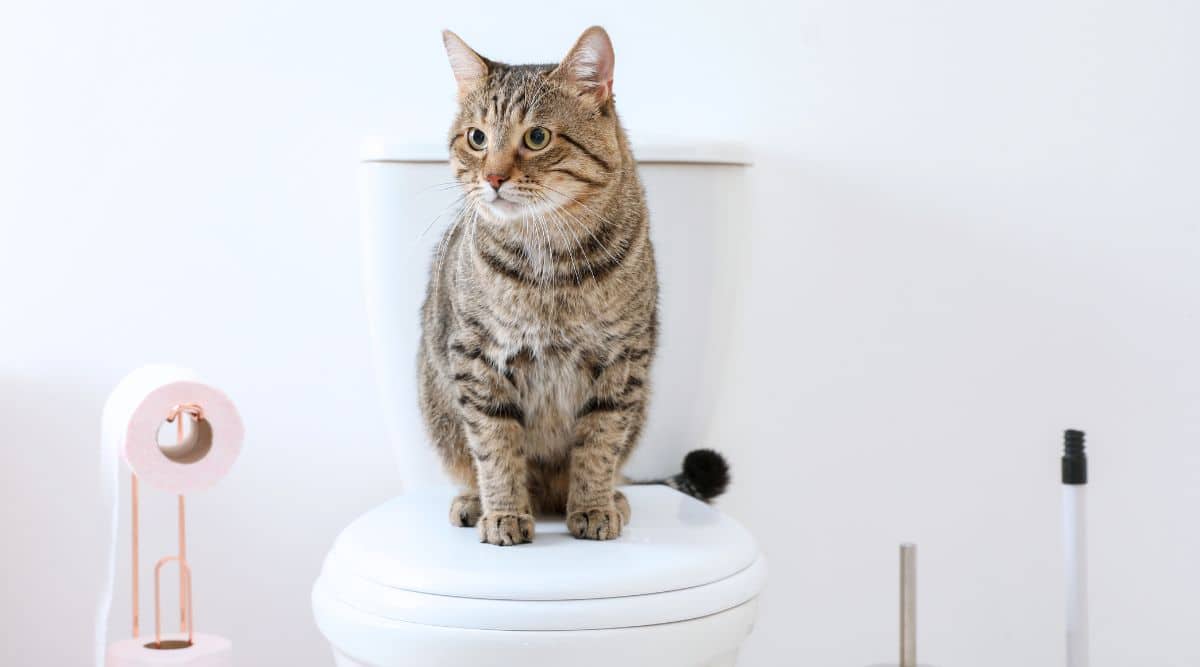Why Flushing Cat Poop Down Your Toilet May Cause Problems - Recommendations for Safe Disposal
Why Flushing Cat Poop Down Your Toilet May Cause Problems - Recommendations for Safe Disposal
Blog Article
Are you on the lookout for advice concerning How to Dispose of Cat Poop and Litter Without Plastic Bags?

Intro
As pet cat proprietors, it's important to be mindful of just how we dispose of our feline good friends' waste. While it might appear practical to purge cat poop down the commode, this technique can have harmful consequences for both the environment and human health.
Alternatives to Flushing
The good news is, there are much safer and extra liable ways to take care of pet cat poop. Take into consideration the complying with alternatives:
1. Scoop and Dispose in Trash
The most typical approach of getting rid of feline poop is to scoop it right into an eco-friendly bag and toss it in the garbage. Be sure to make use of a devoted clutter inside story and dispose of the waste quickly.
2. Usage Biodegradable Litter
Go with eco-friendly pet cat trash made from materials such as corn or wheat. These trashes are environmentally friendly and can be safely disposed of in the garbage.
3. Bury in the Yard
If you have a lawn, consider hiding pet cat waste in an assigned area far from vegetable gardens and water sources. Make certain to dig deep enough to avoid contamination of groundwater.
4. Mount a Pet Waste Disposal System
Purchase a pet garbage disposal system especially created for cat waste. These systems make use of enzymes to break down the waste, reducing odor and environmental impact.
Health and wellness Risks
In addition to ecological concerns, flushing pet cat waste can also present health and wellness dangers to human beings. Pet cat feces may consist of Toxoplasma gondii, a bloodsucker that can cause toxoplasmosis-- a potentially extreme ailment, especially for expecting ladies and people with weakened body immune systems.
Ecological Impact
Purging cat poop introduces hazardous virus and bloodsuckers right into the water, posing a significant danger to marine environments. These contaminants can negatively impact aquatic life and concession water top quality.
Conclusion
Accountable animal ownership prolongs past providing food and shelter-- it also entails correct waste monitoring. By refraining from flushing pet cat poop down the toilet and choosing alternate disposal methods, we can decrease our environmental impact and safeguard human wellness.
Why Can’t I Flush Cat Poop?
It Spreads a Parasite
Cats are frequently infected with a parasite called toxoplasma gondii. The parasite causes an infection called toxoplasmosis. It is usually harmless to cats. The parasite only uses cat poop as a host for its eggs. Otherwise, the cat’s immune system usually keeps the infection at low enough levels to maintain its own health. But it does not stop the develop of eggs. These eggs are tiny and surprisingly tough. They may survive for a year before they begin to grow. But that’s the problem.
Our wastewater system is not designed to deal with toxoplasmosis eggs. Instead, most eggs will flush from your toilet into sewers and wastewater management plants. After the sewage is treated for many other harmful things in it, it is typically released into local rivers, lakes, or oceans. Here, the toxoplasmosis eggs can find new hosts, including starfish, crabs, otters, and many other wildlife. For many, this is a significant risk to their health. Toxoplasmosis can also end up infecting water sources that are important for agriculture, which means our deer, pigs, and sheep can get infected too.
Is There Risk to Humans?
There can be a risk to human life from flushing cat poop down the toilet. If you do so, the parasites from your cat’s poop can end up in shellfish, game animals, or livestock. If this meat is then served raw or undercooked, the people who eat it can get sick.
In fact, according to the CDC, 40 million people in the United States are infected with toxoplasma gondii. They get it from exposure to infected seafood, or from some kind of cat poop contamination, like drinking from a stream that is contaminated or touching anything that has come into contact with cat poop. That includes just cleaning a cat litter box.
Most people who get infected with these parasites will not develop any symptoms. However, for pregnant women or for those with compromised immune systems, the parasite can cause severe health problems.
How to Handle Cat Poop
The best way to handle cat poop is actually to clean the box more often. The eggs that the parasite sheds will not become active until one to five days after the cat poops. That means that if you clean daily, you’re much less likely to come into direct contact with infectious eggs.
That said, always dispose of cat poop in the garbage and not down the toilet. Wash your hands before and after you clean the litter box, and bring the bag of poop right outside to your garbage bins.
https://trenchlesssolutionsusa.com/why-cant-i-flush-cat-poop/

I discovered that blog posting about How to Dispose of Cat Poop and Litter Without Plastic Bags when doing a lookup on the search engines. Enjoyed our posting? Please share it. Help somebody else check it out. I praise you for your time. Visit again soon.
Book A Service Call Report this page